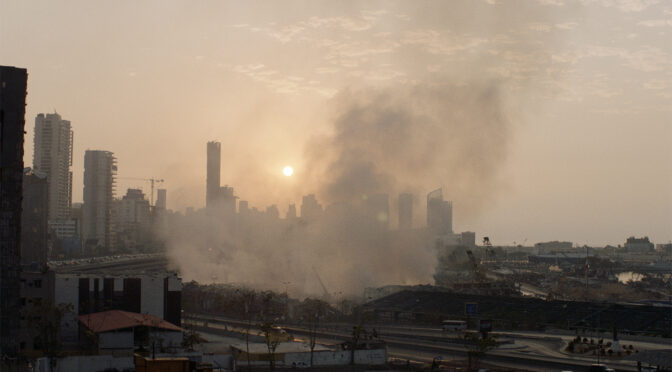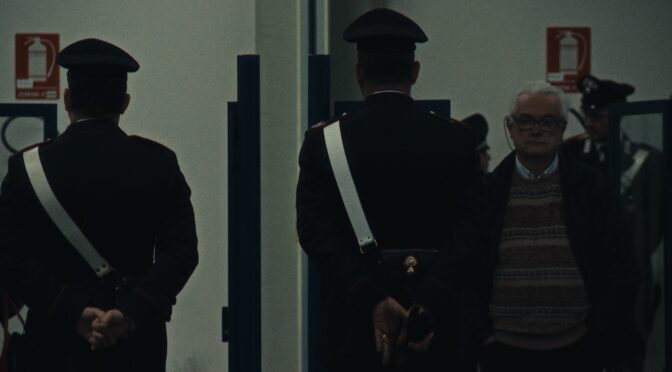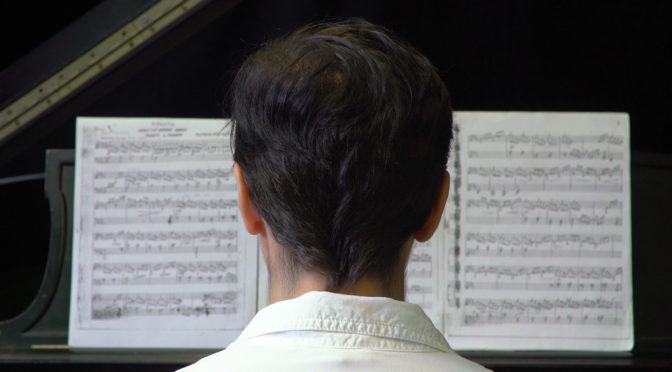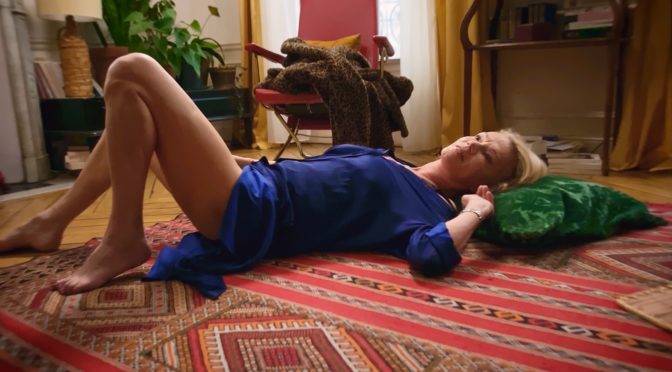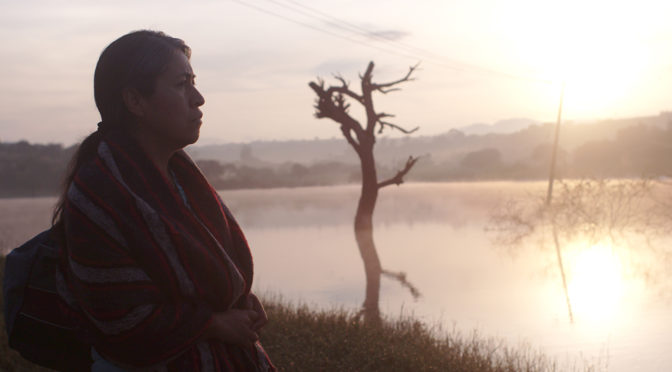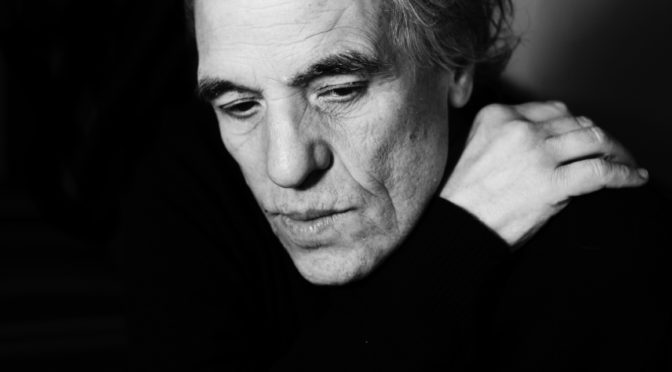Article by Francesco Dubini
Translated by Carmen Tucci
A los migrantes, en sus viajes inciertos y llena de promesas, a las famillas de los desaparecidos.
This dedication closes the end credits of a movie that doesn’t end for real, but it continues to vibrate in the powerful echo of reality that tells. Immigrants, their uncertain journeys with a lot of promises, families of missing people : the movie is about these facts following Magdalena’s journey, a mother who’s looking for his son, who left for the United States in search of safety and disappeared for months. Born as a short film in 2012, the movie grows with its director with the bad situation that tells, about violence that tears mexican society apart and it opens a wound that doesn’t stop bleeding. Fernanda Valadez chooses to analyze that blood through the measure of intimacy : Sin señas particulares denounces the pain of a country through the pain of a mother.
Continua la lettura di “SIN SEÑAS PARTICULARES” BY FERNANDA VALADES →

